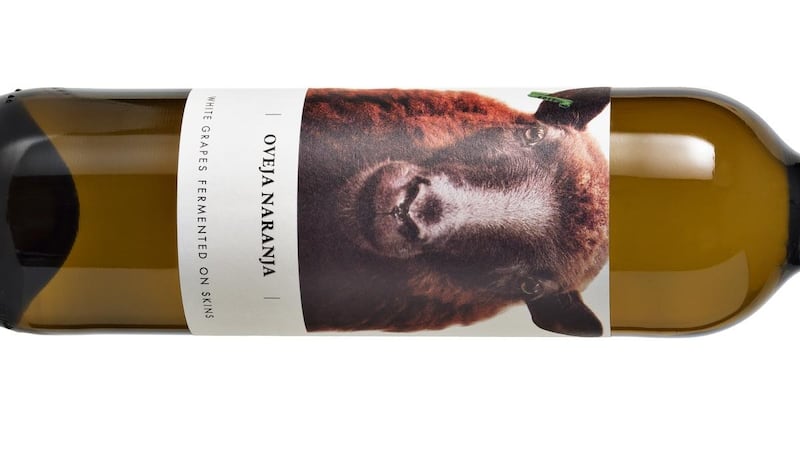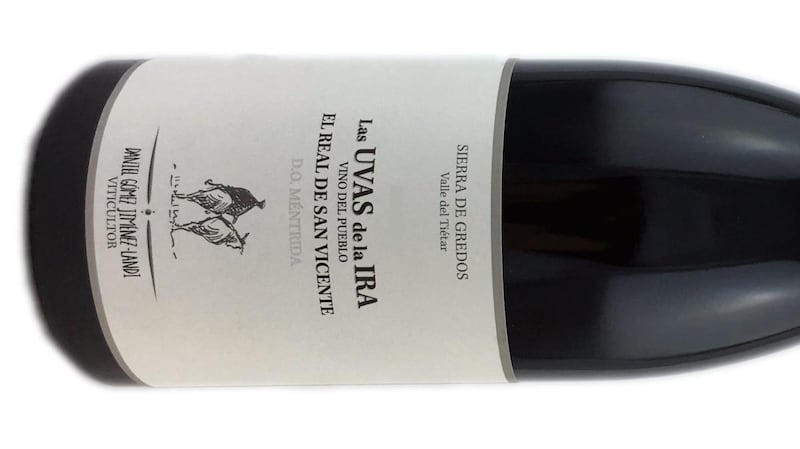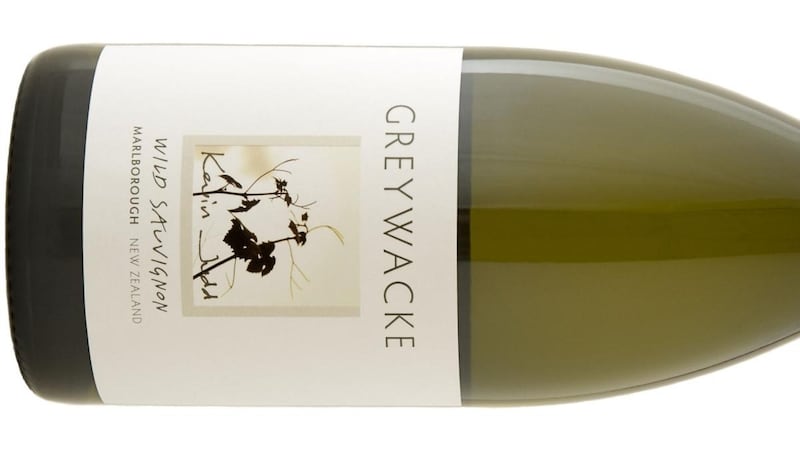Wine and all its attendant nomenclature can be confusing at times. But some of it serves a purpose; today I take a look at four wine-producing terms that are very much on trend at the moment. Hopefully it will help you enjoy that glass a little more, or avoid the ones you hate.
Whole bunch means that entire bunches of grapes, including the stalks, have been included in the fermentation. Before the invention of crusher-destemmer machines, this was how most red wines were made. The resulting wines tend to be lighter in colour, slightly lower in alcohol and have a freshness and also sometimes a ‘grippy’ element. The stalks need to be ripe, or they will impart a green herbaceous element to the wine. A producer can use 100 per cent or partial whole bunch. Others, looking for softer, richer wine will avoid it entirely.
Orange, or amber wines as most now prefer to call them, are essentially whites wines made like red wines. Instead of separating the juice from the skins as soon as they are crushed, a winemaker can leave the two together (hence why they are sometimes called skin-contact wines) for a period of hours, days or months. Depending on how it is done, the resulting wine will be deeper in colour with a pithy tannic element.
A pet nat wine – the name is short for pétillant naturel – is made by allowing the wine to finish fermentation or referment in the bottle, typically leaving a lightly fizzy cloudy wine, usually low in alcohol, and often bottled with a crown cap. This is the oldest method of creating sparkling wine, but requires a high level of skill from the producer.
Yeasts don’t sound very romantic (you won’t find a winemaker boasting about them) but many believe that local or wild yeasts, present in the vineyard and winery, are an important part of their terroir, and give their wine a unique stamp. A producer can allow wild yeasts to create a spontaneous fermentation.
However, if the yeasts are not efficient, there is a danger that the fermentation will become ‘stuck’ and the wine will spoil. Most large-scale producers use cultured yeasts to ensure a full and speedy fermentation. A wide range of commercial yeasts are available, some of which accentuate specific characters in a wine, such as aroma or texture.
Some argue that the distinctive flavour of some wines, such as Marlborough sauvignon blanc, are entirely down to the strain of yeast used, rather than any unique climatic conditions. If you want to experiment, buy yourself a bottle of regular Greywacke Marlborough sauvignon and a bottle of the wild sauvignon blanc below to see the difference it makes; both are excellent wines, made from exactly the same grapes, but taste completely different.

Ovejo Naranja 2018, Viño Varietal, Spain (organic)
14 per cent, €20-€21
A blend of gewürztraminer and muscat, aged for six months on the skins. A glorious, hedonistic mix of tangy fresh zesty acidity, orange peel and luscious fruits with a lightly tannic bite on the finish. It’s a remarkable wine; pair with runny cheeses or spicy pork and chicken dishes.
From: The Corkscrew, Dublin 2, thecorkscrew.ie; Blackrock Cellar, Co Dublin, blackrockcellar.com; Bradley's Off-Licence, Cork, bradleysofflicence.ie; Drinkstore, Dublin 7, drinkstore.ie

Menti Roncaie Sui Lieviti 2017, Italy (organic)
11 per cent, €23
Made from the soave garganega grape, this is an unfiltered, sulphur-free, organic pet nat; light, crisp green apple fruits, with a very refreshing cidery touch. A summery aperitif.
From: Sheridan's Cheesemongers, Dublin 2, Kells, Co Meath, and Galway, sheridanscheesemongers.com; siyps.com; Green Man Wines, Dublin 6, greenmanwines.ie

Las Uvas de Ira 2016, Sierra de Gredos DO Mentrida, Spain
14.5 per cent, €27.95
A 100 per cent whole-bunch garnacha; exquisitely perfumed, with fine, delicate, pure strawberry fruits and a lovely freshness running throughout. Brilliant wine. Try with grilled pork or lamb.
From: Ely 64, Glasthule, Co Dublin, ely64.com; Baggot Street Wines, Dublin 4, baggotstreetwines.com; Blackrock Cellar, Co Dublin, blackrockcellar.com; Clontarf Wines, Dublin 3, clontarfwines.ie; Green Man Wines, Dublin 6, greenmanwines.ie; Martin's Off-Licence, Dublin 3, martinsofflicence.ie; Redmonds, Dublin 6, redmonds.ie

Greywacke Wild Sauvignon Blanc 2016, Marlborough
14 per cent, €33.99
A wonderful, complex wine with a mouth-filling creamy texture, rich, lush peach fruits offset by good acidity, and a lingering, bone-dry finish. Pair with grilled sea bass.
From: Ely 64, Glasthule, Co Dublin, ely64.com; Baggot Street Wines, Dublin 4, baggotstreetwines.com; Blackrock Cellar, Co Dublin, blackrockcellar.com; Clontarf Wines, Dublin 3, clontarfwines.ie; the Corkscrew, Dublin 2, thecorkscrew.ie; Jus de Vine, Portmarnock, Co Dublin, jusdevine.ie; La Touche, Greystones, Co Wicklow, latouchewines4u.ie; Lilac Wines, Dublin 3, lilacwines.ie; Martin's Off-Licence, Dublin 3, martinsofflicence.ie; Mitchell & Son, Dublin 1, Sandycove, Co Dublin, and Avoca, Kilmacanogue and Dunboyne, mitchellandson.com; O'Briens, obrienswine.ie; Thomas's of Foxrock, Co Dublin, thomasoffoxrock.ie; wineonline.ie

ANOTHER ROUND
The name Roe & Co. made a welcome reappearance in the Liberties area of Dublin this week, with the opening of a new distillery in one of Dublin’s great industrial buildings, the old Guinness power station.
Roe was once one of the great names in Irish whiskey, but the distillery amalgamated with several others in the late 19th century. The Thomas Street distillery, once one of the largest in Europe covering 17 acres, finally closed in 1926. Two years ago Diageo relaunched the brand with a whiskey created by an all-woman team of distillers, blender and managers – seven in total.
The original distillery is no more, although Dubliners will be familiar with the 18th-century St Patrick’s Tower, Europe’s tallest smock windmill, and the pear tree, which dates from 1850, which is said to be the oldest fruit-bearing tree in the country.
The new Roe & Co distillery, until recently a ruin, is a truly impressive building, well worth a visit if you are in the area. Visitors can go on a 75-minute fully immersive tour of the premises. This includes a walk through (or rather over) the working distillery on the overhead walkway, a flavours workshop, whiskey tasting, finishing up with a cocktail in the Power House Bar. The tour costs €25.
The distillery joins Teeling, the Dublin Liberties Distillery and Pearse Lyons in the Liberties; and with Jameson just over river on Bow Street, whiskey aficionados can now go on their own tour of five new Dublin distilleries.
As for the whiskey, it is smooth, warm, rich and creamy with lots of sweet vanilla spice, and notes of honey, butter and soft fruits. At 45 per cent alcohol it is apparently great for cocktails, although I enjoyed mine with a drop of water.












